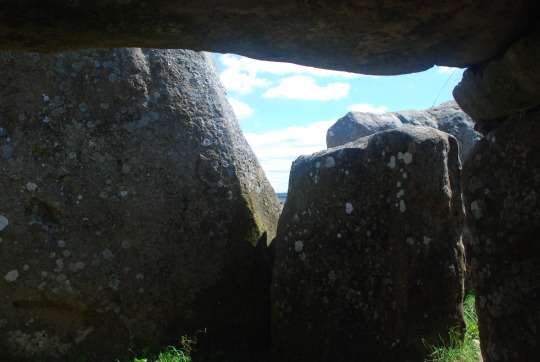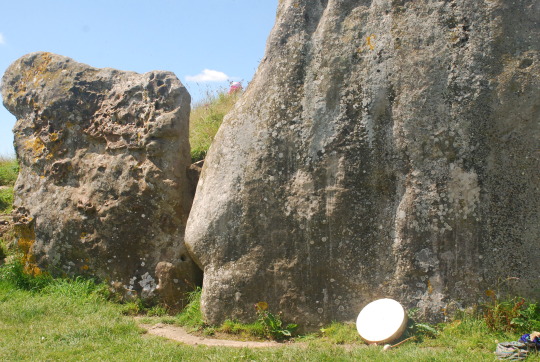#west kennet long barrow
Text

5 years ago today on the path from West Kennet Long Barrow, looking toward Silbury Hill. It was a beautiful morning and I took lots of pictures but I won’t flood you with them. I recommend staying in Avebury, getting up before sunrise and walking through the fields to these ancient sites. It’s a mood.
146 notes
·
View notes
Text
Avebury
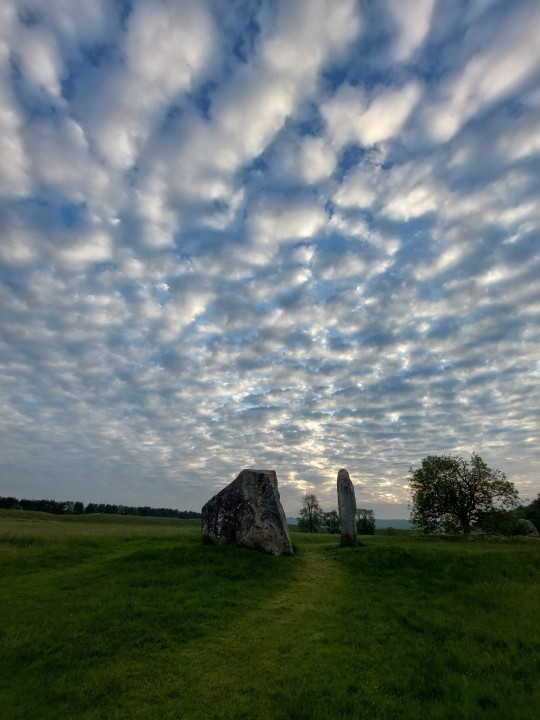




9 notes
·
View notes
Photo




West Kennet Long Barrow- Wiltshire, UK
#west kennet#long barrow#barrow#burial mound#burial#prehistoric#history#england#wiltshire#cave#cavern#stone#stone circle#monolith#magalith#folklore#folk horror#occult#pagan#druid#witchcraft#witch#wicca#landscape#landscape photography#albion
66 notes
·
View notes
Text
#Archaeology Painting the Past: Reconstruction of West Kennet Long Barrow under construction Wessex Archaeology
https://stratford-upon-avon-theatre.blogspot.com/2023/01/archaeology-painting-past.html
0 notes
Text

Midsummer: flower crown left on the old stones at West Kennet long barrow, Wiltshire.
223 notes
·
View notes
Text



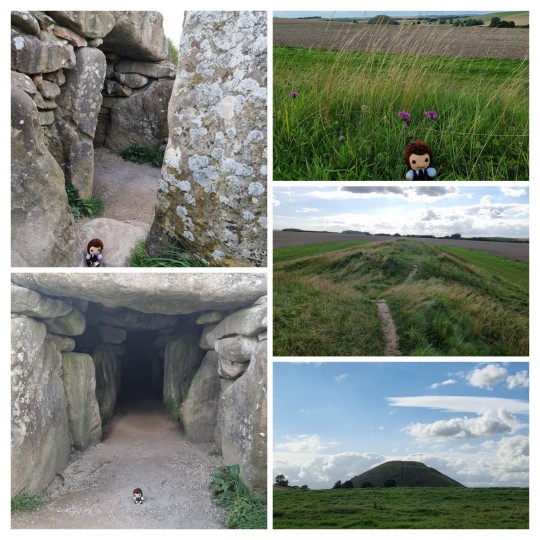
The last day of Thomas's second grand tour, we went back to a place we already visited in May: Avebury. After a walk around Avebury Ring, we visited Avebury Manor and had quite a lot of fun trying on period costumes and learning about so-called chamber horses - you can see Tiny Thomas sitting on one in one of the pictures. There was also a lovely room with a huge flamingo painting hanging on the wall so obviously, I had to place Thomas in front of it. I feel like Nigel would love that particular picture.
Afterwards, we made a quick stop at the West Kennet Long Barrow and Silbury Hill - a beautiful place that was well worth the short hike.
I hope you all enjoyed Thomas's second grand tour. In September, he'll go on another one, this time to Austria. Fingers crossed the weather gods will be as kind to us then as they have been both times we've been to the UK this year.
14 notes
·
View notes
Text
Long barrows are a style of monument constructed across Western Europe in the fifth and fourth millennia BCE, during the Early Neolithic period. Typically constructed from earth and either timber or stone, those using the latter material represent the oldest widespread tradition of stone construction in the world. Around 40,000 long barrows survive today.
The structures have a long earthen tumulus, or "barrow", that is flanked on two sides with linear ditches. These typically stretch for between 20 and 70 metres in length, although some exceptional examples are either longer or shorter than this. Some examples have a timber or stone chamber in one end of the tumulus. These monuments often contained human remains interred within their chambers, and as a result, are often interpreted as tombs, although there are some examples where this appears not to be the case.
The purpose and meaning of the barrows remains an issue of debate among archaeologists. One argument is that they are religious sites, perhaps erected as part of a system of ancestor veneration or as a religion spread by missionaries or settlers. An alternative explanation views them primarily in economic terms, as territorial markers delineating the areas controlled by different communities as they transitioned toward farming.
In some cases, the bones deposited in the chamber may have been old when placed there.[17] In other instances, they may have been placed into the chamber long after the long barrow was built.[17] In some instances, collections of bone originally included in the chamber might have been removed and replaced during the Early Neolithic itself.[36]
The human remains placed in long barrows often included a mix of men, women, and children.[33] The bones of various individuals were often mixed together.[33] This may have reflected a desire to obliterate distinctions of wealth and status among the deceased.[33] Not all of those who died in the Early Neolithic were buried in these long barrows, although it remains unknown what criteria were used to determine whose remains were interred there and whose were not.[37] Large sections of the Early Neolithic population were not buried in them, although how their bodily remains are dealt with is not clear.[26] It is possible that they were left in the open air.[26]
It is also not known where the act of excarnation (removal of flesh from bones) took place prior to the deposition of bones within the chambers.[36] Some human bones have been found in the ditches of causewayed enclosures, a form of Early Neolithic earthen monument, while evidence for the Early Neolithic outdoor exposure of corpses has also been found at Hambledon Hill.[36] The postholes found in front of many long barrows may also have represented the bases of platforms on which excarnation took place.[36]
Sometimes human remains were deposited in the chambers over many centuries.[17] For instance, at West Kennet Long Barrow in Wiltshire, southern England, the earliest depositions of human remains were radiocarbon dated to the early-to-mid fourth millennium BCE, while a later deposition of human remains was found to belong to the Beaker culture, thus indicating a date in the final centuries of the third millennium BCE; this meant that human remains had been placed into the chamber intermittently over a period of 1500 years.[17]
11 notes
·
View notes
Text

West Kennet Long Barrow, a Neolithic tomb, near to the Avebury standing stone circle and Silbury Hill, Wiltshire, England.
8 notes
·
View notes
Text
Beyond the Stones: Hidden Gems on Your Stonehenge Tour
While Stonehenge tours itself is undoubtedly a remarkable and iconic archaeological site, there are several hidden gems and nearby attractions that you can explore to enhance your Stonehenge tour experience. Here are some suggestions:
Avebury Stone Circle:
Located about 25 miles north of Stonehenge, Avebury is the largest stone circle in Europe. The site is surrounded by a charming village, and you can freely walk among the stones. Unlike Stonehenge, you can get up close and personal with the megaliths at Avebury.
Silbury Hill:
Close to Avebury, Silbury Hill is the largest prehistoric man-made mound in Europe. Its purpose is still unclear, but it's an impressive structure that adds to the mystery of the ancient landscape.
West Kennet Long Barrow:
Also near Avebury, this Neolithic tomb predates Stonehenge and is an atmospheric burial chamber. It's a short walk from Avebury and provides insight into ancient burial practices.
Durrington Walls:
Located near Stonehenge, Durrington Walls is a large henge enclosure and the site of the recent discovery of a "superhenge." It's believed to have been a gathering place for feasting and other ceremonies.
Stonehenge Landscape Walk:
Stonehenge is part of a larger archaeological landscape. Take a walk around the surrounding fields to discover burial mounds, ancient pathways, and other features that contribute to the overall understanding of the area.
Woodhenge:
Situated about 2 miles northeast of Stonehenge, Woodhenge is another prehistoric monument. While the wooden posts that once stood here are long gone, you can see the circular layout marked by concrete posts.
Old Sarum:
Not far from Stonehenge, Old Sarum is the site of an Iron Age hillfort and the location of the original Salisbury Cathedral. It offers panoramic views of the surrounding countryside.
Salisbury Cathedral:
If you have time, visit Salisbury Cathedral, home to the best-preserved copy of the Magna Carta. The cathedral's stunning architecture and beautiful surroundings make it a worthwhile stop.
The Cuckoo Stone:
Located near Stonehenge, the Cuckoo Stone is a standing stone associated with local folklore. It's a short drive or walk from the main Stonehenge site.
Remember to check for any entry requirements, opening hours, and guided tours for these sites to make the most of your visit. Exploring the broader area around Stonehenge allows you to delve deeper into the rich history and mysteries of this ancient landscape.
0 notes
Text
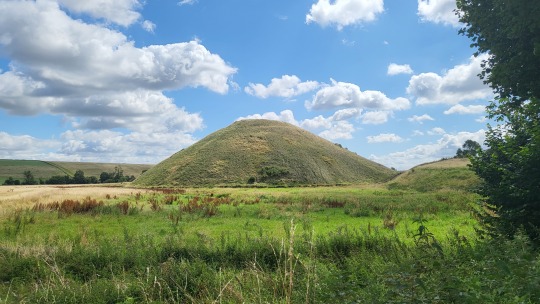
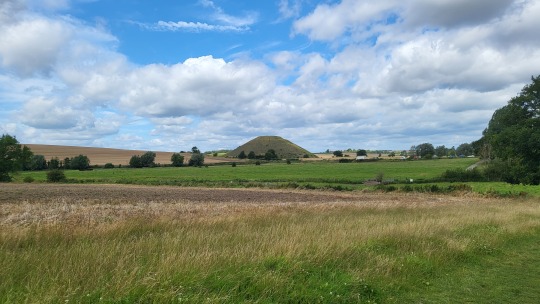
1st August 2023
Silbury Hill is a frankly astounding artificial mound to the southwest of Avebury.
It’s base covers about 5 ¼ acres and is 130ft high, with close to 9 million cubic feet of material – making it the largest manmade mound in Europe! The top is flattened (probably as a lookout long after it’s original construction) and it’s original surface would’ve looked stepped. It’s circled by a 100ft wide moat that’s obscured by long grass and the landscapes undulations and in the winter or particularly bad weather it fills with water and reflects the hill perfectly – it’s built close to Swallowhead spring & the river Kennet.
The building took place over 50-100 years roughly starting at 2470BC and ending around 2350BC with 3 stages of construction, well after West Kennet Barrow had been constructed and not long after the Avebury complex had been completed. It’s predominantly chalk & clay, built on a spur meaning it’s bottom is 25ft-ish of undisturbed chalk. The 3 stages of building would’ve started with a small gravel mound which was added to over time with chalk, clay, and sarsen stones, and then further clay and the excavation ditches that were repeatedly filled and backfilled as the Hill grew, and completed with the of the huge ditch (now the moat).
No burials have been found within the hill, ruling out it’s usage as a burial site (indeed, with West Kennet Barrow so close by it wouldn’t make sense to split burials and the veneration of ancestral remains over such a small distance). Local folklore does tell of a King Sil buried beneath the mound though. Other theories include the Hill as part of sight lines in the landscape, a place of seasonal rites, to even it’s constructed around a sacred pillar or pole. It’s the focus of many ley lines, dragon lines, energy pools, and more according to various pamphlets and books sold within Avebury’s Henge Shop too.
Whatever it’s original purpose, Silbury Hill is a stunning part of the landscape around Avebury. It’s scale is hard to figure when at the viewing site, but walking up the path to West Kennet Barrow & looking back really contextualises it’s size and prominence. A stunning place to visit on the way into Avebury or on the way to any number of other ritual sites in the locale.
1 note
·
View note
Text
Video going 360°, from Silbury Hill around to the right looking at some hills of Wiltshire, eventually getting to West Kennet Long Barrow and then back to Silbury. From an early morning walk 4 years ago today.
158 notes
·
View notes
Photo
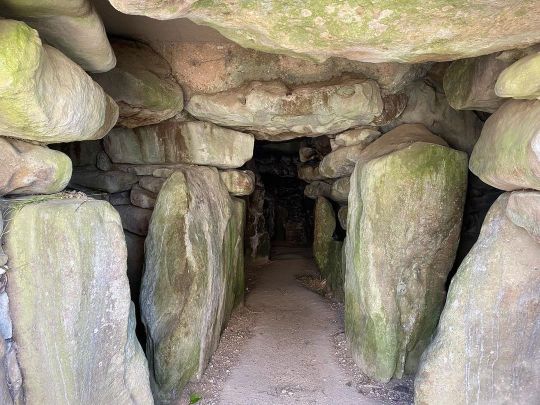
#avebury @avebury_nt #stones #westkennetlongbarrow #burialground #sunnyday @countryside #whereintheworldislianna (at West Kennet Long Barrow) https://www.instagram.com/p/Ce9CMpRqhYA/?igshid=NGJjMDIxMWI=
1 note
·
View note
Photo

Farewell to beautiful Marlborough and many thanks again to Andrew and all at Marlborough Folk and Roots for having us. When we very first visited, Andrew and Sarah recommended we visit Silbury Hill, and we've gone back at every opportunity since! Today was Rosa's first visit, and we walked up West Kennet Long Barrow and had a picnic. The air was loud with skylarks. It was wonderful. Last few gigs of this tour - we're off to Wells tonight... 19/05/22 Cedar Hall, Wells 20/05/22 Stratford Upon Avon Stratford Play House 21/05/22 St Andrew's Church, Wiveliscombe 22/05/22 SOLD OUT Topsham Folk Club, Matthew's Hall, Topsham 01/07/22 Little Theatre, Chorley #GigspannerBigBand #ontournow #gigsgigsgigs #silburyhill #westkennetlongbarrow #ancientsites #archaeology #skylarks #edgelarks (at Avebury, Wiltshire) https://www.instagram.com/p/CdvaMGhML91/?igshid=NGJjMDIxMWI=
#gigspannerbigband#ontournow#gigsgigsgigs#silburyhill#westkennetlongbarrow#ancientsites#archaeology#skylarks#edgelarks
1 note
·
View note
Photo

West Kennet Long Barrow, Wiltshire.
#West Kennet Long Barrow#West Kennett#Avebury#prehistoric#stone age#England#Wiltshire#Britain#ancient monument
51 notes
·
View notes
